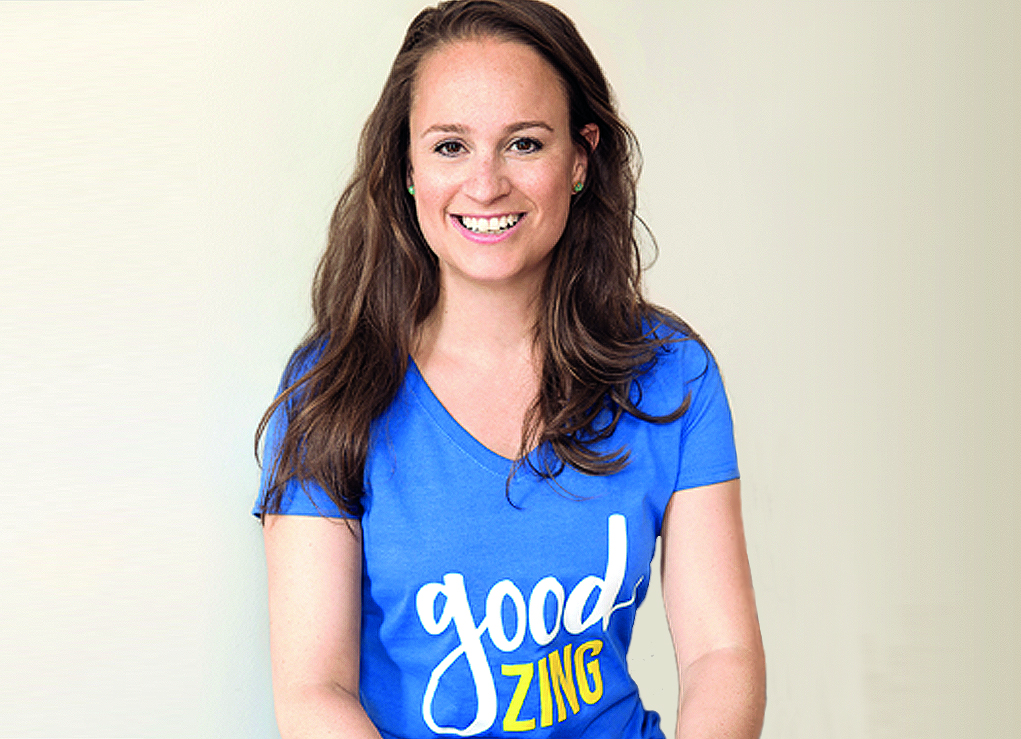If you live in the United States in the 21st century, then you know how hard it can be to unplug.
So many of us have incorporated screens into every aspect of our lives: We check email when we wake up, text a friend or check social media on the way to work, watch TV while we work out, and so on. In fact, research suggests American adults spend up to 11 hours a day interacting with or staring at screens.
When you have your own business, unplugging can be even harder. The compulsion to check emails to make sure no fires have cropped up or monitor social media to make sure no one is upset with your brand can be so intense that taking time away from devices might seem like a luxury you can no longer afford. You are basically addicted to your technolgoy.
But all this connectivity comes with a cost. Research suggests that too much screen time actually damages the brain and impairs cognitive and emotional function.
Maybe this helps explain why over the last few months I found myself feeling seriously burnt out. I had lost my get up and go and my motivation. Even though I love my business, suddenly even the simplest tasks seemed like such an effort.
Given that I run Good Zing, a business that’s focused on helping people sustain their wellbeing, I decided it was time to take a dose of my company’s own medicine. My wellbeing was suffering, and I had a hunch that constant connectivity had a lot to do with it.
So I decided to take a solid four-day digital detox, off all screens, and by off, I mean zero digital exposure. And while I felt a little panicked on day one, by the end of my digital detox I found myself feeling calmer, more rejuvenated, and inspired to return to work. Here’s how it all went down.
The Ground Rules
The rules of my digital detox were pretty straightforward. I wanted to reduce my screen time down to zero. To that end, I developed the following ground rules:
·I wouldn’t check my email (not even once).
·I wouldn’t check or interact on social media.
·I would only use my phone as a phone. (That means no texting.) I turned off all other notifications so I wouldn’t be tempted. I was really strict about this—even when someone asked me to just snap a quick picture, I said no.
·I wouldn’t watch any TV or use my Kindle.
Even though I was really intentional about avoiding screens, I discovered this is easier said than done. In New York City, screens are everywhere—from payment screens inside cabs to flashing billboards, TVs in coffee shops, and so on. In modern society (and especially in urban areas), screens are all around. And that is something you can’t control. Still, I took ownership of everything I could control in order to reduce my screen exposure as much as possible.
How It Went
I’m proud to say that at no point did I break my detox. That’s partly because I had enlisted a lot of social support. Once I told friends what I was doing, everyone was really encouraging—and that helped me stay committed. Here’s what I experienced during my four-day break from screens.
Day 1
I’ll be honest: On the first day, I felt marginally panicked. I found myself worrying about all kinds of things. When it came to my business, I fretted about whether I was missing important emails or social media interactions. In general, I found myself suffering from a major case of FOMO. I worried about what was going on the world—what I was missing out on or what important news I might have missed.
Day 2
By day two, I was already feeling better. I realized that if something seriously huge was going on, I would be told by a friend, a coworker, or somebody else. And if it wasn’t that newsworthy, then I probably didn’t need to know about it (at least for a few days).
In the process, I started to feel calmer. With no screens to mess with my circadian rhythms or consume my time, I found myself feeling so much more relaxed and sleeping better. In my newfound free time, I read books and found more gratifying ways to entertain myself.
Day 3
Day three was by far the easiest. By that point I had gotten into a rhythm, and I found myself genuinely enjoying the time away from screens. I continued to feel calmer and sleep better, just as I had on day two. I started to feel free—like a weight had been lifted off my shoulders. My heart felt more open. I found myself noticing small details in my life (and especially in nature) and appreciating them more. Although the urge to take photos of all the beauty I was noticing around me made reminded me about quite how reliant on my phone I was.
Day 4
The last day of my detox surprised me. I had expected to continue feeling as good as I did on day three, but instead it was hard—albeit not for the reasons you might think.
Instead of feeling stressed about not checking my messages, I realized I was stressed out because I knew I would have to check back in the next day. I started to fear what I would have to deal with when I returned to using my devices. On a few occasions, I found myself clutching my phone while walking down the street or on the train, stressing about the sound of all those notifications the next day.
Post-detox
In spite of the stresses I felt on day four, when I came back to work I was really able to appreciate the benefits of my digital detox. Things that had been bothering me before the detox suddenly felt manageable, and I quickly crossed them off my to-do list. Similarly, what had seemed like big decisions prior to detoxing were so much less stressful after taking a break. I felt calmer, more capable, and more clear-headed than I had in the weeks leading up to my detox.
Even though I might not always be able to carve out four days of screen-free time, this detox taught me the value of taking a break from screens on a regular basis. To that end, I’ve decided to make one day a week a screen-free day—and I’ve noticed that my body and mind have come to crave these days off.
In my experience, the research is right: Too much screen time can make us less effective people and less effective business owners. So for my sake and the sake of my company, I’ll be spending less time in front of screens in order to accomplish more.


